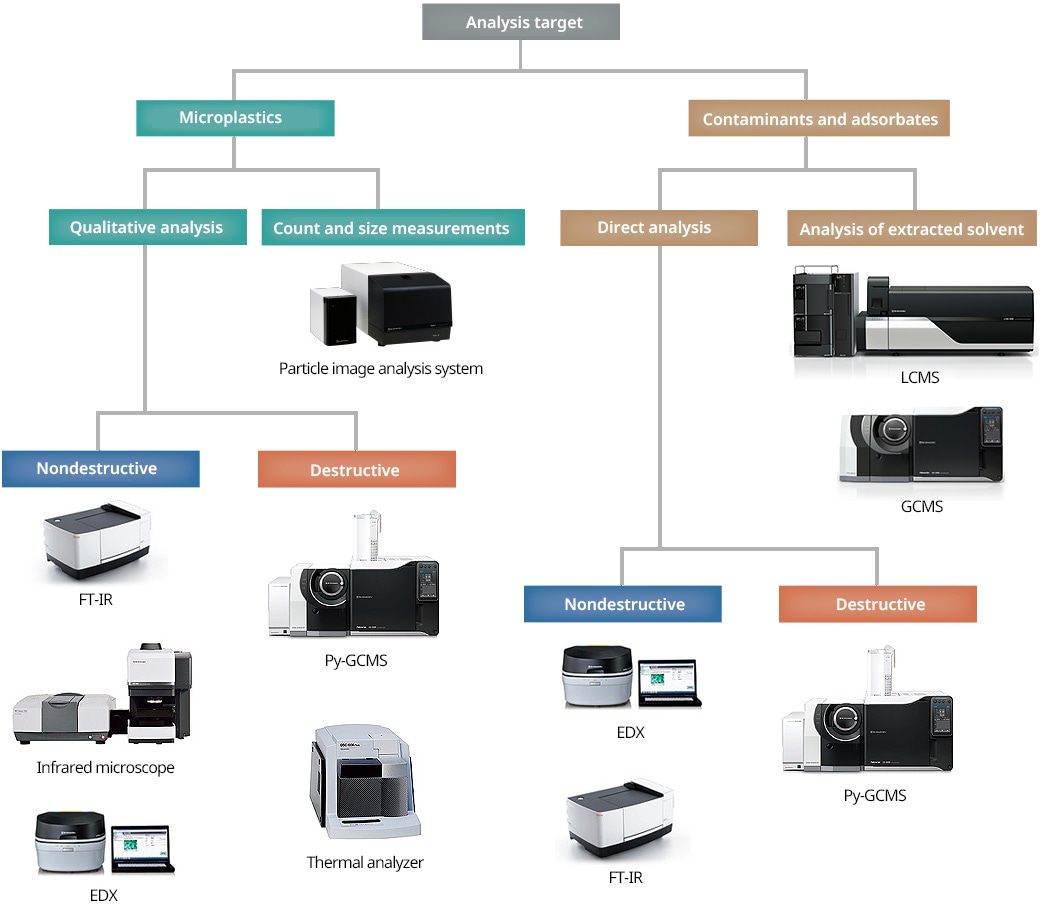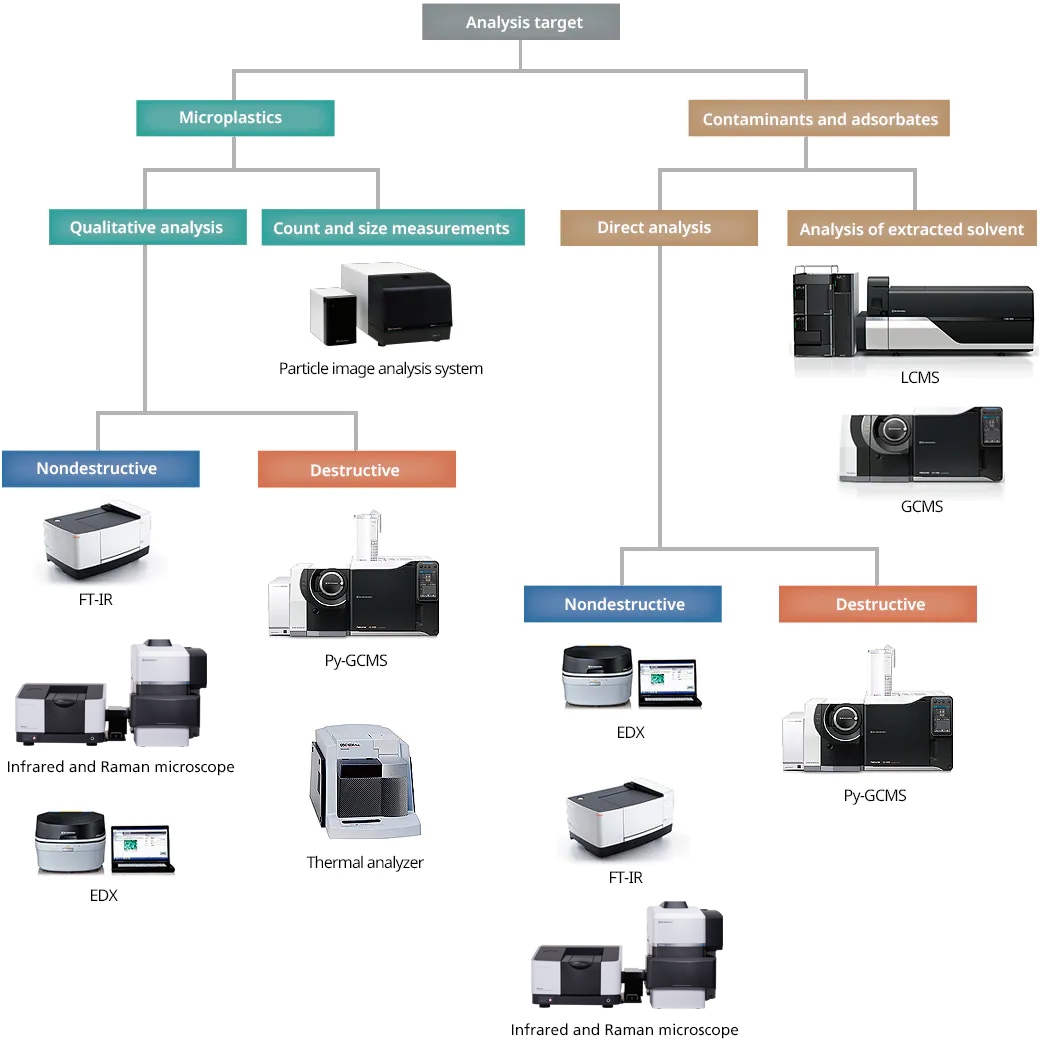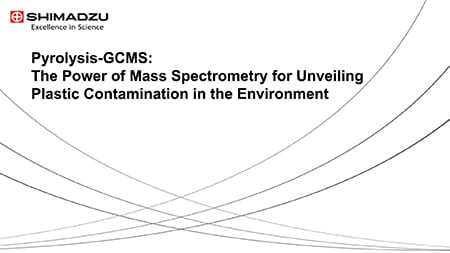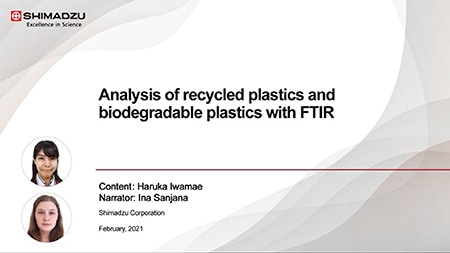Microplastics Analysis
Microplastics are minute pieces of plastic with diameters ranging from a few micrometers to a couple of millimeters. In recent years, microplastics have become a global marine environmental issue since they may adversely affect coastal and marine ecosystems and potentially harm the health of human beings. Microplastics are classified into primary microplastics and secondary microplastics. Primary microplastics are manufactured as materials for use in scrubs and industrial abrasives and are often made of polyethylene (PE) or polypropylene (PP). Secondary microplastics refer to plastics that have been broken down from larger debris into pieces with a diameter of 5 mm or less due to external factors such as ultraviolet radiation; these plastics are made of different types of materials.
Microplastics Analysis

Click a product image to learn more

Related Applications
Webinars
Pyrolysis-GCMS: The Power of Mass Spectrometry for Unveiling Plastic Contamination in the Environment
Recently, pyrolysis coupled with gas chromatography mass spectrometry (Py-GCMS) has been successfully applied for the identification and quantitation of various types of plastics. In this event, our two speakers will discuss the suitability of this technique for assessing the fate of microplastics in the environment. They will also present examples of how they have applied Py-GCMS for studying these contaminants in water, biosolids and seafood samples, among others.
Analysis of Recycled Plastics and Biodegradable Plastics with FTIR
The properties and structures of bioplastics and biodegradable plastics are very different from regular plastics. Material identification is important for proper handling and separation. In this webinar, we go over some interesting examples of materials made of biodegradable and recycled plastics, along with technical details on their identification and differentiation.
Microplastics analysis using FTIR and Infrared Microscope system
Microplastics are classified into primary microplastics and secondary microplastics. Primary microplastics are manufactured as materials for use in scrubs and industrial abrasives and are often made of polyethylene (PE) or polypropylene (PP). Secondary microplastics refer to plastics that have been broken down from larger debris into pieces with a diameter of 5 mm or less due to external factors such as ultraviolet radiation and the types of such plastics are various.






